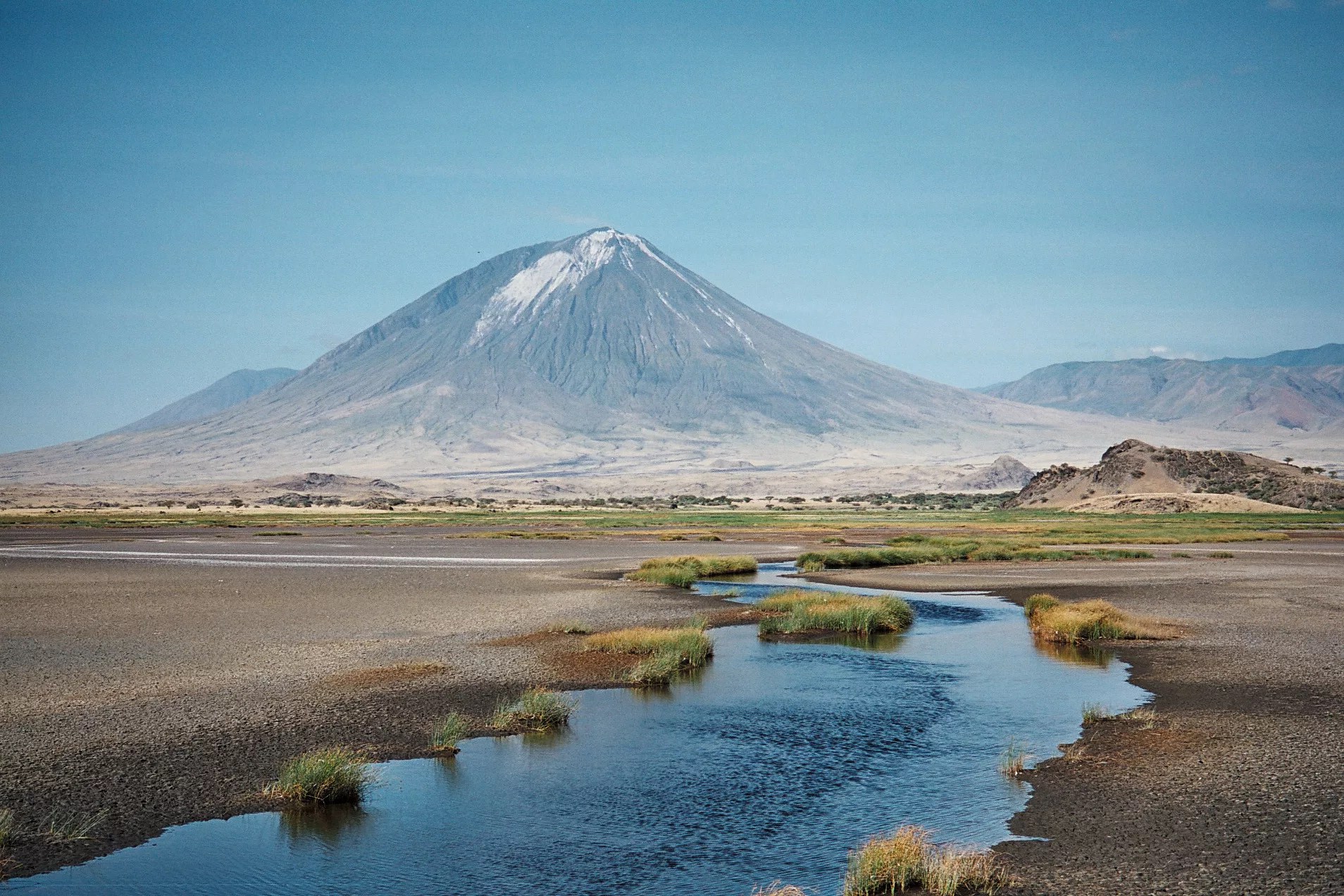10Views 0Comments

Africa’s lesser-known volcanoes you can hike
When most travellers think of African mountains, the iconic snow-capped Kilimanjaro springs to mind. But across the continent, Africa’s volcanic landscapes hide a wealth of adventures that remain relatively under the radar.
From the world’s only active carbonatite volcano in Tanzania to lava lakes glowing in Ethiopia’s deserts, these peaks offer not only rugged climbs but also a raw connection to the planet’s fiery origins.
Here’s your guide to some of Africa’s lesser-known volcanoes that can be hiked — wild, beautiful, and unforgettable.
Mount Cameroon, Cameroon

Summit at Mount Cameroon/Betterfoto/Wikimedia Commons
Height: 4,040m
Status: Active
Mount Cameroon, nicknamed Mongo ma Ndemi (“Mountain of Greatness”), is West Africa’s tallest peak and one of the most active volcanoes on the continent. Its trails climb through tropical rainforest, cloud forest, and alpine meadows before reaching a barren summit that sometimes vents steam.
The hike usually takes 3–4 days, with overnight camps set up along the route. Starting from the town of Buea, trekkers are guided by the Mount Cameroon Ecotourism Organisation. Though challenging, the reward is sweeping views of the Atlantic Ocean on one side and the rolling grasslands of inland Cameroon on the other.
Best season: December–March, when rainfall is low.
Ol Doinyo Lengai, Tanzania

Mount Lengai seen from Lake Natron/Clem23/Wikimedia Commons
Height: 2,962m
Status: Active
Rising dramatically above the plains near Lake Natron, Ol Doinyo Lengai is known to the Maasai as the Mountain of God. This is the world’s only active carbonatite volcano, with lava that is unusually cool and fast-flowing.
Climbers typically begin the trek at midnight to avoid the daytime heat. The steep, ashy slopes test endurance, but at sunrise, the summit offers a spectacular panorama of the Rift Valley, Lake Natron, and even Mount Kilimanjaro on clear days.
Tip: Expect a 7–10 hour round-trip hike and bring plenty of water — the climb is exposed and taxing.
Erta Ale, Ethiopia

Volcanic landforms at Erta Ale/Rolf Cosar/Wikimedia Commons
Height: 613m
Status: Active
In Ethiopia’s Danakil Depression — one of the hottest, driest places on Earth — lies Erta Ale, a shield volcano famed for its active lava lake. Known as the “Smoking Mountain,” Erta Ale is both thrilling and extreme.
Treks usually begin at night to escape the searing desert temperatures. The hike is relatively short (3–4 hours) but tough, with the reward being the surreal glow of molten lava bubbling just metres away. Camps are basic, and travel requires armed escorts due to security risks in the region, but for the adventurous, this is one of the most extraordinary volcanic experiences on the planet.
The Virunga Volcanoes, Rwanda & Uganda

On top of Mount Bisoke, Rwanda/Alex Niragira/Wikimedia Commons
The Virunga Massif is home to several climbable peaks that straddle the borders of Rwanda, Uganda, and the DRC. Each offers unique highlights:
- Mount Bisoke (3,711m, Rwanda/DRC): A relatively moderate hike, famous for its crater lake at the summit.
- Mount Muhabura (4,127m, Rwanda/Uganda): A steep climb with sweeping views of the Virungas and the Rift Valley.
- Mount Sabyinyo (3,669m): Known as the “Old Man’s Teeth,” this extinct volcano lets hikers stand at the meeting point of three countries.
These climbs are not just geological adventures — they also cut through lush forests that shelter golden monkeys and mountain gorillas.
Mount Meru, Tanzania

Mount Meru/Yoni Lerner/Wikimedia Commons
Height: 4,566m
Status: Dormant
Often overshadowed by nearby Kilimanjaro, Mount Meru is Tanzania’s second-highest peak and a stunner in its own right. The trek takes 3–4 days through Arusha National Park, with wildlife sightings along the trail. Its knife-edge summit ridge offers jaw-dropping sunrise views, with Kilimanjaro looming in the distance.
Hidden gems along the Cameroon volcanic line

Lake Oku, Cameroon/No machine-readable author provided. Nickaj assumed (based on copyright claims)., Public domain, via Wikimedia Commons
Beyond Mount Cameroon, the volcanic ridge that cuts across Cameroon holds smaller but equally fascinating peaks.
- Mount Oku (3,011m): Home to Lake Oku, a mystical crater lake surrounded by dense forest.
- Mount Manengouba: Known for its twin crater lakes — one green, one blue — set against rolling grasslands.
- Bamboutos Massif: A vast volcanic plateau dotted with villages and hiking trails.
These hikes combine natural beauty with cultural encounters in Cameroon’s rural highlands.
Pico Basilé, Equatorial Guinea

Pico Basilé/Serge Moons/Wikimedia Commons
Height: 3,011m
Status: Active
Rising 3,011m above Bioko Island, Pico Basilé is cloaked in rainforest and dotted with villages on its slopes. It is considered an active volcano — the second-most active on the Cameroon Volcanic Line. Its last confirmed eruption was in 1923, with steam still observed as recently as 2012. From the summit, hikers are rewarded with sweeping ocean views.
Hiking Africa’s volcanoes: What to know
- Guides & Permits: Most volcanoes require local guides and sometimes permits. Book through reliable operators.
- Preparation: Trails are steep and conditions harsh. Train beforehand and acclimatize where necessary.
- Gear: Strong boots, trekking poles, headlamp (for night climbs), plenty of water, and layers for variable climates.
- Cultural Respect: Many volcanoes are sacred; approach with sensitivity to local customs.
- Safety: Research current conditions — both volcanic activity and security risks can change quickly.
Follow us on social media for more travel news, inspiration, and guides. You can also tag us to be featured.
TikTok | Instagram | Facebook | Twitter
ALSO READ: Africa’s shipwreck diving hotspots



